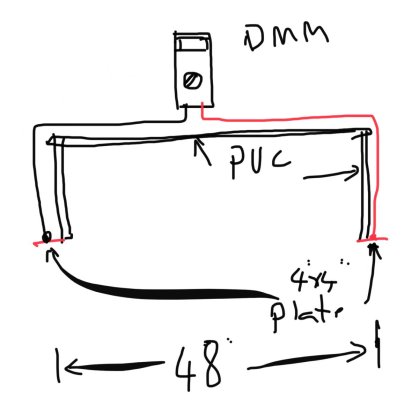How does one test the water around the boat for escaped current/short?. I read several articles about bonding, zincs, etc but nothing came up about testing the slip.
The PO had the boat in fresh water. For what its worth, the survey did not indicate that there is a short on the boat. We moved the boat to a saltwater marina, and since then we have changed the zincs 3 times in 12 months. Changed zincs in late March, now they are almost gone (7 weeks later) especially the thrusters. Our slip is right next to a large distribution electrical box. Had a chat with the marina and they recommended testing the water around the boat.
One diver says that he has seen it before with electric distribution boxes.. but all cables from the box travel within the concrete dock, so there is that.
Any ideas or guidance on how to test the water around the boat would be greatly appreciated.
Thank you in advance
Streff
The PO had the boat in fresh water. For what its worth, the survey did not indicate that there is a short on the boat. We moved the boat to a saltwater marina, and since then we have changed the zincs 3 times in 12 months. Changed zincs in late March, now they are almost gone (7 weeks later) especially the thrusters. Our slip is right next to a large distribution electrical box. Had a chat with the marina and they recommended testing the water around the boat.
One diver says that he has seen it before with electric distribution boxes.. but all cables from the box travel within the concrete dock, so there is that.
Any ideas or guidance on how to test the water around the boat would be greatly appreciated.
Thank you in advance
Streff

